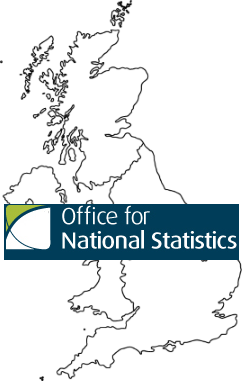Pre-Covid data puts net migration at +313,000, with large increase in non-EU student numbers
The latest migration statistics quarterly report was released today by the Office for National Statistics (ONS).
 It covers the year ending March 2020 and you can read it online here.
It covers the year ending March 2020 and you can read it online here.
The key points are as follows:
• In the year ending March 2020, around 313,000 more people moved to the UK, intending to stay for 12 months or more than left the UK (net migration, the balance between immigration and emigration).
• Over the year, around 715,000 people moved to the UK (immigration) and around 403,000 people left the UK (emigration).
• The increase in immigration and net migration is being driven by an increase in non-EU nationals arriving in the UK for study reasons.
• Of those coming to the UK, 257,000 were arriving for formal study, with 458,000 arriving for work, family or other reasons.
Jay Lindop, Director of the Centre for International Migration, Office for National Statistics, said: "Our best estimate of net migration, using all available data sources, is 313,000 for the year ending March 2020. After a period of stability, we were seeing migration levels begin to increase in the past 12 months leading up to the coronavirus pandemic. This was being driven by increases in non-EU student arrivals, mainly from China and India."
Most news media articles highlighted that the ONS data showed net migration was at its highest level since March 2016.
Jay Lindop noted that the ONS data, collected up to March 2020, does not take into account the significant impact that Covid-19 has had on international migration since then.
The Migration Observatory at the University of Oxford said today that new, post-pandemic immigration data from the Home Office paints a very different picture to the ONS data and shows a collapse in visa grants for non-EU nationals as a result of coronavirus.
According to the Migration Observatory, in the second quarter of 2020 from April to June there was a 99% fall in study visas issued, a 96% fall in Tier 2 skilled work visas, and a 90% fall in family visas compared to the same period the previous year.
Rob McNeil, Deputy Director of the Migration Observatory, said: "There has been a total collapse in the number of visas granted in the second quarter of the year, after lockdown measures were brought in. The impacts are seen right across the board, with many fewer people getting visas for work, study and family. While statistics for the first quarter of the year suggested non-EU net migration had sharply increased, this is now ancient history.
"The big question for the future is how long these impacts last and whether we start to see a recovery in non-EU migration later in the year—particularly among students who usually get their visas in the third quarter."
The Refugee Council noted on Twitter that today's Home Office data shows there were 32,423 asylum applications in the year ending June 2020, a broadly similar number to the previous year.